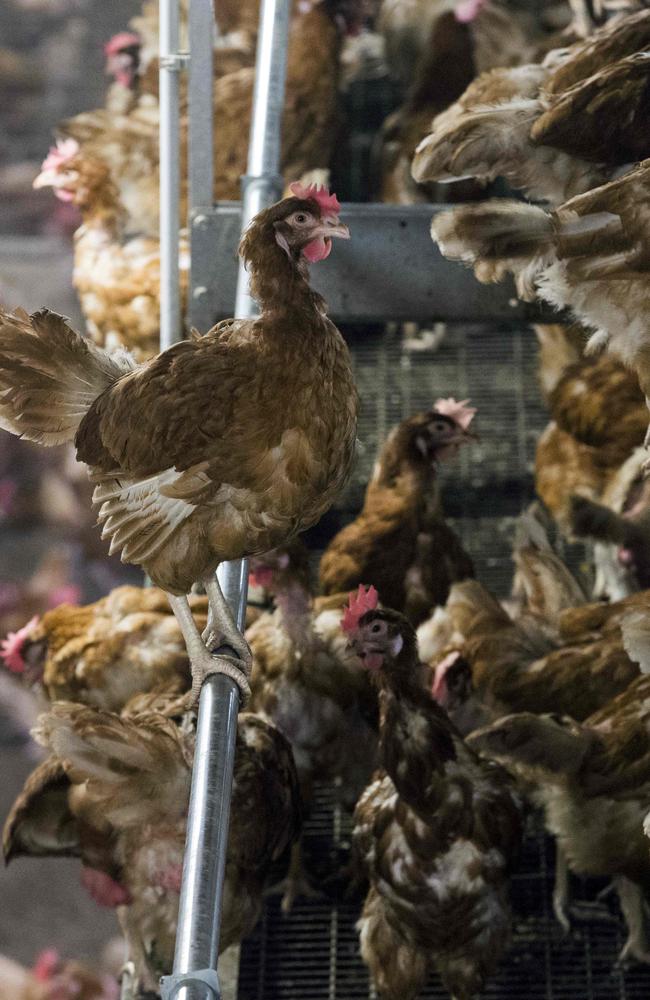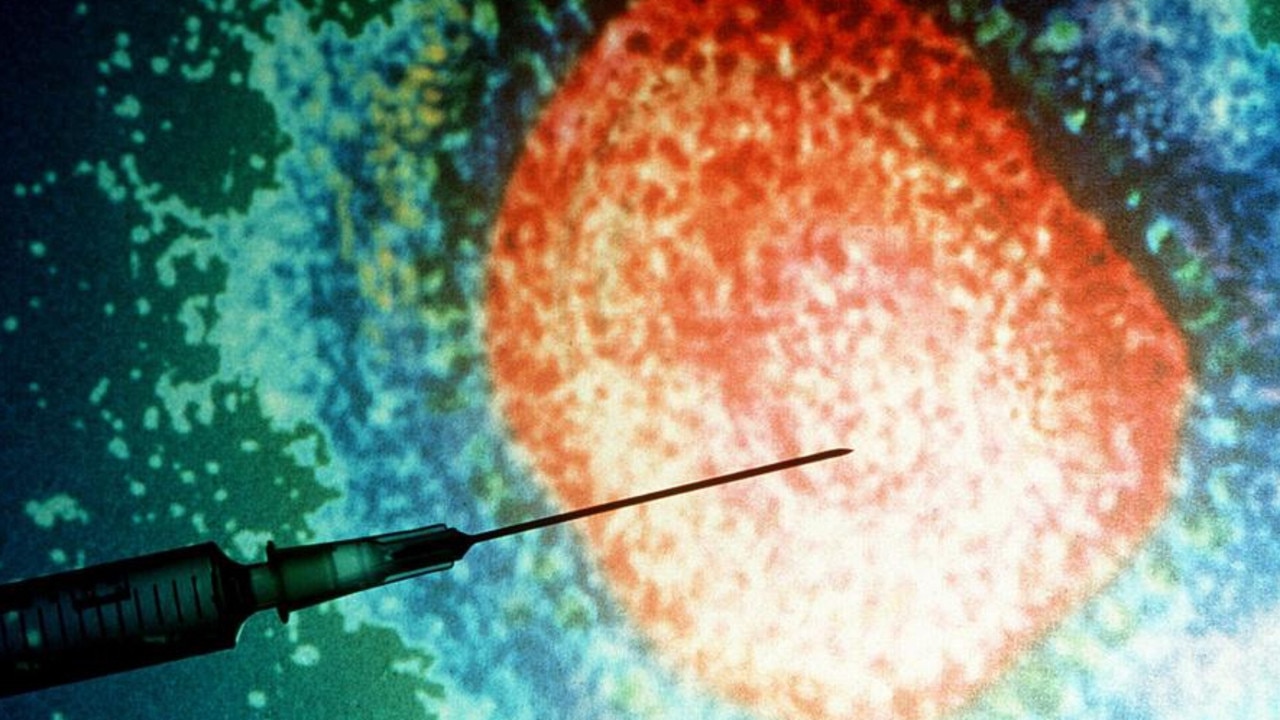Chicken farming could lead to apocalyptic virus worse than coronavirus
A scientist has warned mass chicken farming could lead to a pandemic deadlier than COVID-19 with half the world at risk.

A scientist has warned that mass chicken farming could lead to a pandemic deadlier than COVID-19, wiping out half of the world’s population.
In his new book How To Survive A Pandemic, vegan US nutritionist Dr Michael Greger writes that the diseases harboured by poultry pose an even greater risk to humans than coronavirus.
It’s hard to imagine an even greater threat than the flu-like virus, which has now infected more than six million people around the world and killed over 372,000, after originating from what experts believe to be bats in the Chinese city of Wuhan late last year.
But, Dr Greger said, as long as we are dependent on eating meat, humans remain extremely vulnerable to new pandemics.
“With pandemics explosively spreading a virus from human to human, it’s never a matter of if, but when,” the vegan campaigner wrote in his book.
RELATED: Follow the latest coronavirus updates
RELATED: Wet markets an unfair virus ‘victim’

Dr Greger warned that a second pandemic could come from overcrowded and unsanitary chicken farms, citing the bird-based Spanish flu outbreak of 1920 and the H5N1 outbreak in Hong Kong in 1997.
In his book, Dr Greger claims that intensive farms where the birds live in spaces so tight they cannot move their wings and are exposed to high ammonia levels from their own droppings is the perfect environment for disease to spread.
“The more animals are jammed together, the more spins the virus may get at the roulette wheel while gambling for the pandemic jackpot that may be hidden in the lining of the chicken’s lungs,” Dr Greger writes.
PETA spokeswoman Emily Rice pointed to a PETA investigation late last year, which revealed many “lame, injured and sick birds” and “severe crowding” at facilities that resulted in birds being injured and “left to suffer and die slowly and in pain”.
H5N1, more commonly known as bird or avian flu, is a fatal illness that causes “a highly infectious, severe respiratory disease in birds”, according to the World Health Organisation (WHO).
The disease is highly deadly to humans who contract it, with a mortality rate of 60 per cent in cases over the past 15 years.
Ms Rice said the mortality rate of H5N1 makes it “potentially very dangerous were it to become easily transmissable from person to person while retaining its ability to cause severe disease”.
“This is the monster lurking in the undergrowth, the one that makes epidemiologists shudder,” Dr Greger writes.
While he recommended raising poultry in smaller flocks – allowing them to live in less crowded and more hygienic spaces, Dr Greger cautioned that “as long as there is poultry, there will be pandemics”.
“SARS, swine flu, bird flu, and now COVID-19 have all been traced back to eating animals,” Ms Rice said.
“As we pointed out to Cedar Meats, which reported a coronavirus cluster in Victoria, raising animals for food in filthy conditions creates breeding grounds for diseases that can be transmitted to humans.”




